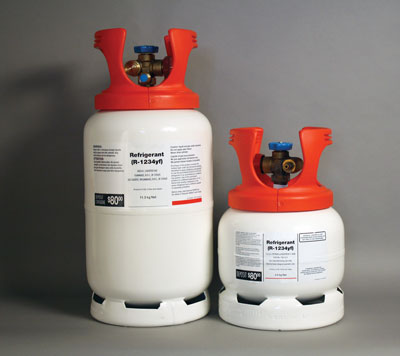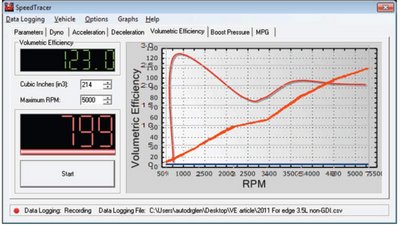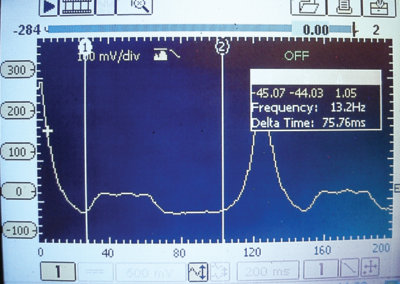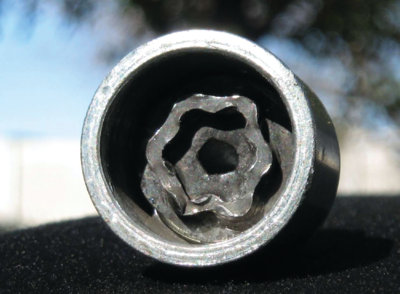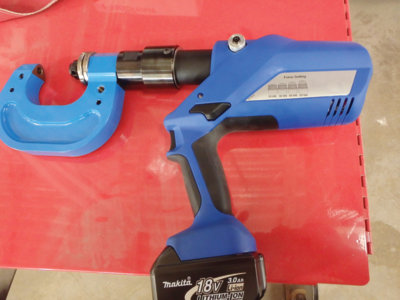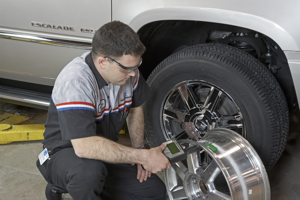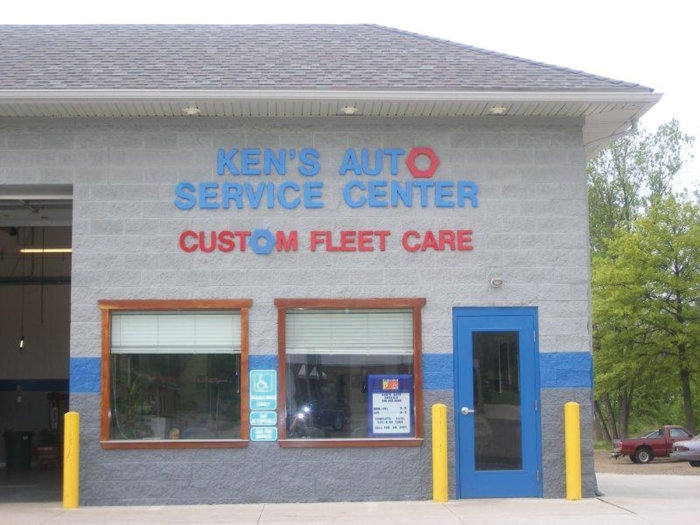 New Rislone Oil Stabilizer with Engine Treatment reduces friction and wear in any engine, helping to eliminate dry starts and extending the useful life of older, high-mileage vehicles. The product’s high-performance additives protect the engine by preventing thermal breakdown, increasing oil viscosity at high temperatures and boosting oil pressure. As a result, lifter and valve ticking, rod knocks and other noises are reduced, and internal engine parts stay lubricated where ordinary oil may fail.
New Rislone Oil Stabilizer with Engine Treatment reduces friction and wear in any engine, helping to eliminate dry starts and extending the useful life of older, high-mileage vehicles. The product’s high-performance additives protect the engine by preventing thermal breakdown, increasing oil viscosity at high temperatures and boosting oil pressure. As a result, lifter and valve ticking, rod knocks and other noises are reduced, and internal engine parts stay lubricated where ordinary oil may fail.
“Rislone Oil Stabilizer with Engine Treatment works in any engine, from passenger cars to motor homes, construction vehicles to heavy-duty trucks — any machine that can benefit from additional oil protection,” says Clay Parks, vice president of development. “It is a must for vehicles used extensively for stop-and-go driving, those that undergo long idling periods and those driven at high RPMs. Many of the drag-racing teams we sponsor swear by it.”
Oil is the life-blood of the engine. It reduces friction between moving parts while cooling, providing corrosion protection and removing contaminants. Rislone Oil Stabilizer works better than oil alone. It repairs most common engine-oil related problems, restoring lost compression and power; reducing noise, oil consumption and smoking; controlling sludge and varnish; and improving the performance of worn cylinders, rings, bearings and seals.
Rislone Oil Stabilizer can be used with all gasoline and diesel engine oils, including conventional petroleum, high-mileage and synthetic formulas. It can be installed in any engine, including hybrid, supercharged (blown) and turbo. One 32 fl. oz. bottle treats four to six quarts of oil. It can be added with an oil change or when topping off. It will not void manufacturers’ new vehicle warranties.
Rislone Oil Stabilizer with Engine Treatment is part of the new Rislone stabilizer line. These products restore vehicle fluids with performance additives and detergents to improve high-mileage vehicle performance. Other products in the line are Rislone Power Steering Stabilizer with Stop Leak and Rislone Transmission Stabilizer with Stop Slip.
Rislone Oil Stabilizer with Engine Treatment (part number 4401) is available in case packs of six.
For more information about Rislone Oil Stabilizer or other Rislone products, call (800) 521-7475, e-mail [email protected] or visit the website at www.rislone.com.


